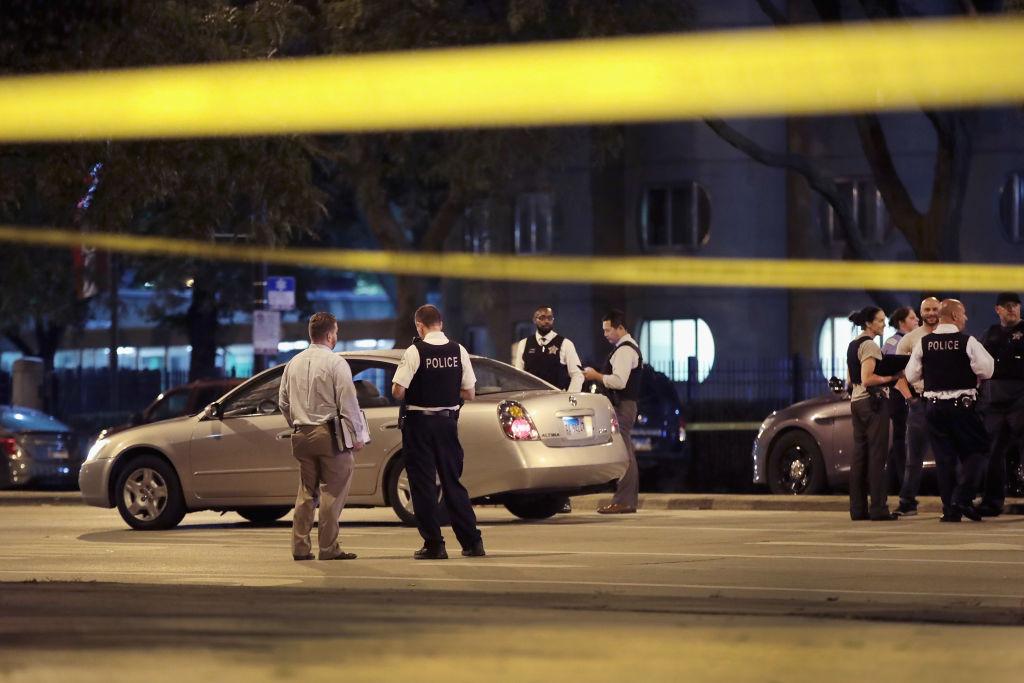Americans committed fewer violent and property crimes in 2017, according to statistics collected by the FBI. Some areas, however, have significantly deteriorated and others, despite improvements, still need attention.
The violent crime rate—including offenses such as murder, robbery, and aggravated assault—dropped by almost one percent and is still about 4 percent above the 2014 rate. The murder rate dropped by 0.7 percent.





